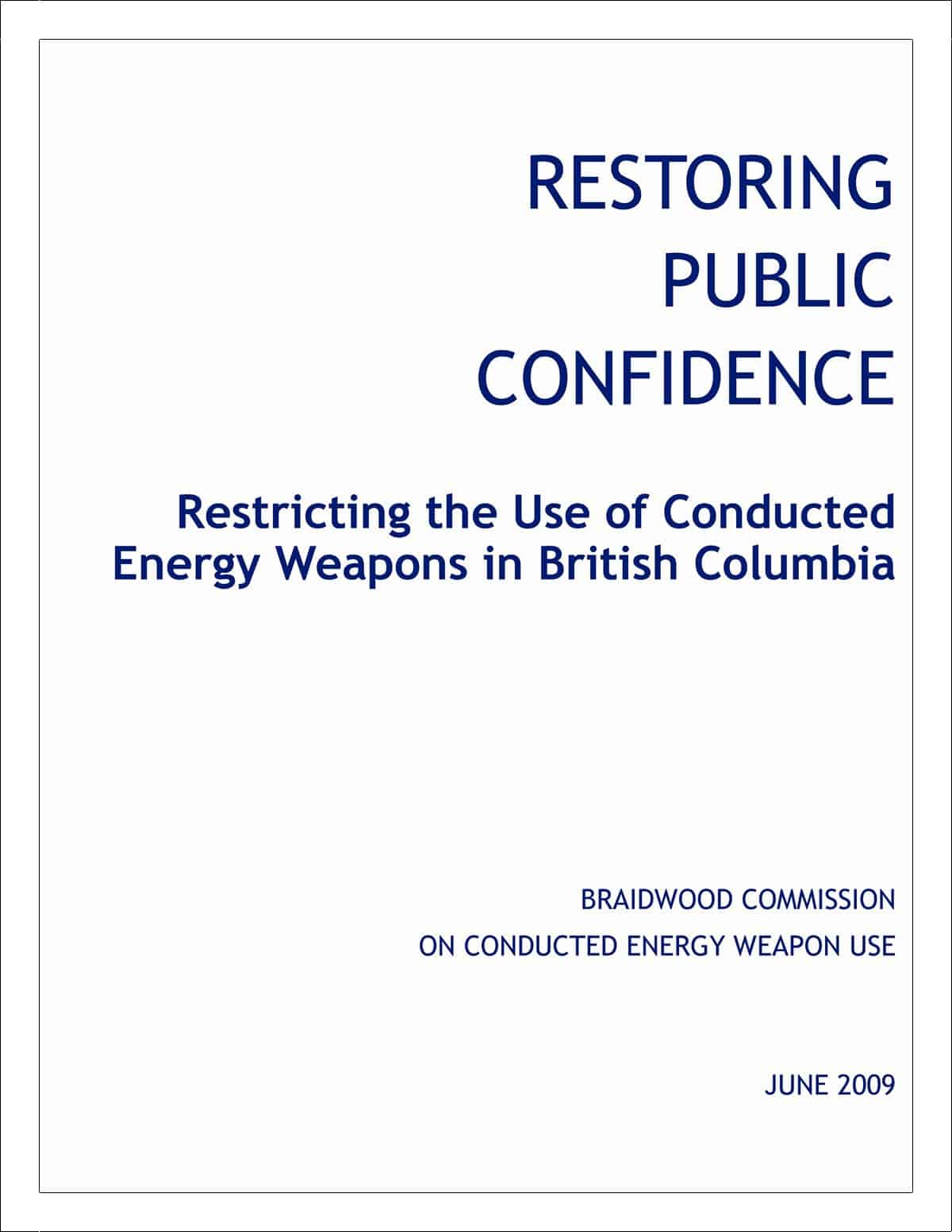A while ago I had a gig where one of the aspects of the job was researching how safety signs work, are read and responded to. Here’s a snapshot of some facts and fiction about safety signs.
Fact: If people don’t know the reason for a safety sign, they will probably ignore it. A safety sign needs to be seen as a reminder about a danger and the associated injury precautions that should already have been discussed at a safety meeting or included in training. Workers need to understand the relevancy of a safety sign, and that includes getting info on what the danger really is. A related issue is that research on how people respond to road signs found that likelihood of being hurt is a big factor in whether people take notice of a sign.* It’s reasonable to conclude there is a nexus with how people respond to safety signs generally; just telling people what to do is not enough, knowledge is essential.
Fiction: A safety warning sign is sometimes all that’s needed to cover the safety problem.
Fact: A safety warning sign is never enough to control a danger. If you’ve done nothing more than put up a warning sign to control a risk, it’s odds on you will be breaking the law. Don’t look at a warning sign as the end of the issue; look at it as the indicator that you know there is a safety problem in an area and that special safety precautions are needed and are in place. That’s exactly how the OH&S enforcement agency sees them. That latter point is worth thinking about if your workplace is a place that plasters safety signs up everywhere but doesn’t deliver on actual risk controls.
Fiction: The sign is permanent, so is the message.
Fact: Safety signs should be changed, repositioned and even re-coloured every now and then to make them noticeable. That old, grime covered sign plonked up on the wall becomes invisible eventually. People get used to seeing a sign, and the message stops registering. Try revitalising how the safety messages work. Try ways to get people to “connect” with their safety signs. One thing worth trying is to get staff to have a go at spraying up the safety message themselves. Use the key words on a commercially available sign, but let staff “funk it up” and get creative. That will make the sign more noticeable, more “real” – a very good thing. If producing a sign from scratch doesn’t suit, use customised sign options provided by most commercial sign suppliers.
Col Finnie
col@finiohs.com
* There’s a wealth of useful information in the 1998 research paper titled “Signs of trouble to come? A behavioural assessment of the effectiveness of road warning signs – Final Report”, Austin Adams, Jim Bright, Ben Searle, School of Psychology, The University of New South Wales.



![Pages from Workplace exposure to nanoparticles[1] Pages from Workplace exposure to nanoparticles[1]](http://safetyatworkblog.files.wordpress.com/2009/06/pages-from-workplace-exposure-to-nanoparticles1.jpg?w=212)